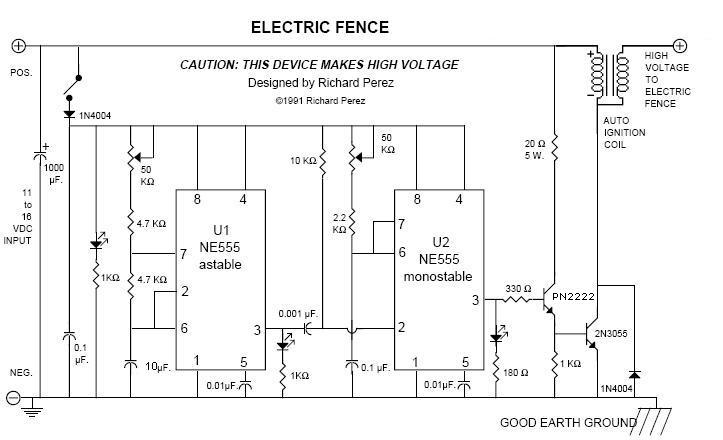Originally posted by ewizard
View Post
What about stacking NE2's with current limiting resistor then you can increase or decrease firing voltage.
Or what about a big line of Zeners to fire the SCR.
Just A thought as I don't have any GDT's on hand



Comment